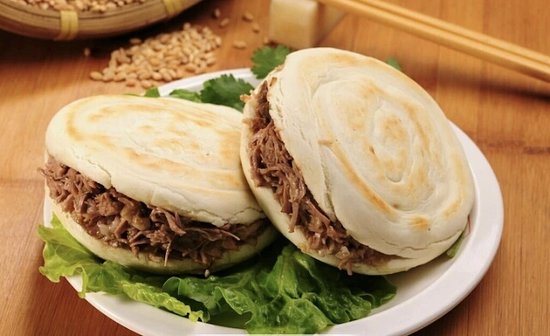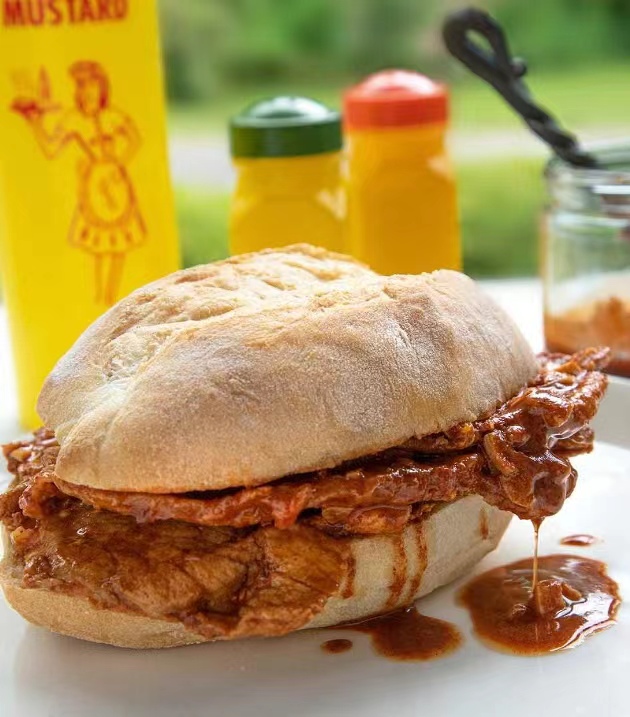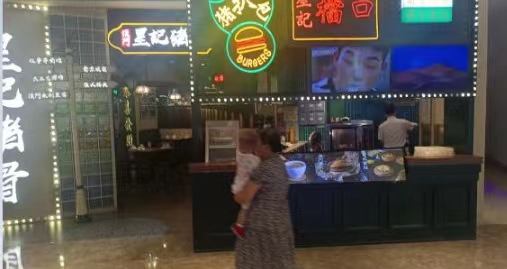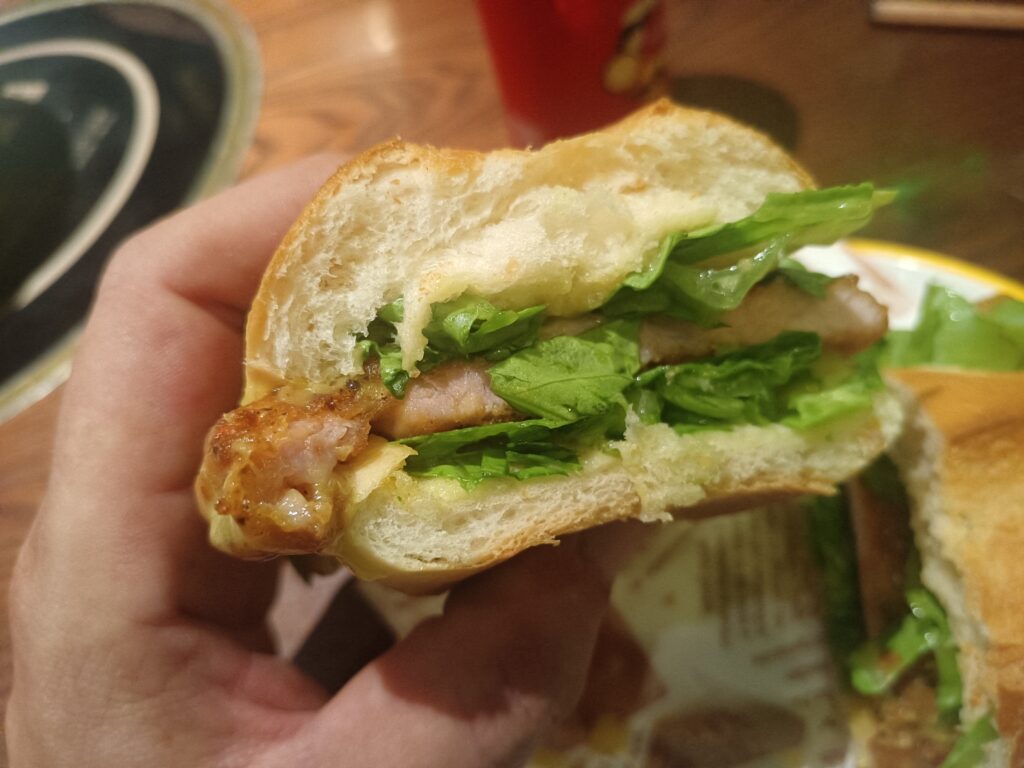
It’s a bit of cultural chauvinism to claim that Europeans invented the concept of “sandwich” and then brought it to the Americas and than to Asia. To be honest, the idea of putting meat between two pieces of bread predates the Britain’s Earl of Sandwich and his gambling problems. John Montagu, allegedly, had no time for a formal meal while sitting at a cards table; he simply ordered servants to bring him bread and meat. I think I once drunkenly yelled something similar while playing Magic: The Gathering in a bar. Actually, I have likely yelled something much worse in that situation.
Some culinary concepts are so basic and elementary that separate cultures can independently think them up. Seriously, who really wants to argue who can claim to be originators of something on rice? When both India and China have cultures that date back thousands of years? That’s just silly. So is arguing who first thought of putting something between two slices of bread.
Yeah, but let’s go there, anywhere. Consider this….

This is 肉夹馍 aka róu jiā mó. It is a stewed and chopped fatty-pork sandwich. There are some variations that include chicken, beef, or lamb. The character 莫 actually refers to the bread being used: it’s flat and circular. It’s from Shaanxi. It’s thought to date back thousands of years to the Qin Dynasty two hundred years before the common era (BCE). There is another age-old Chinese sandwich.

This is 驴肉火烧 aka lǘ ròu huǒshāo. It’s chopped donkey meat stuffed into a lard-infused bread that has been fire baked. It’s from Hebei, and reports of it date back to the Ming Dynasty. Notice it looks, in length, like a sub from the American Mid-Atlantic. Here is a Philadelphia cheese steak for comparative purposes.

Donkey sandwiches are largely regional. For instance, they are really hard to find in Changzhou. I know, I have looked, found, and have eaten one in a very dirty back alley store, once. This was far, far away from the city center.
So, the meat between bread concept predates the Earl of Sandwich apocryphal story by hundreds and thousands of years. What Europeans did bring to Asia was their types of bread. Vietnam’s banh mi uses a French baguette. Over in Macau, there are pork chop buns. Macau has a history linked to Portuguese colonialism, which has exerted an influenced the local Chinese cuisine there. This includes the pork chop bun, which makes good use of Portuguese bread. It bares a close resemblance to the Portuguese bifana.

Sauce and marinade is important to a bifana. It typically involves wine, garlic, and paprika. I went looking for the Macau-Chinese version of these in Changzhou, and I found two at Global Harbour in Xinbei.

This is 澳门星记猪骨 Àomén xīng jì zhū gǔ, a Macau hotpot place on the second floor. As far I know, there is no English name. The word “burgers” in glaring neon refers to porkchop buns, not actual hamburgers. There were three different sandwiches on menu. The lobster roll was not available the last time I visited. Two other oputions I had a chance to were. Also, this should be noted: the menu is not in English, and you have to go searching for the characters 澳门猪扒包 Àomén zhū pá bāo. Anything ending in 扒包 pá bāo on the menu basically denotes “sandwich of this type.” So, let’s see what I got.

This is a pork bun in it’s most simple iteration. The meat is marinated, breaded, and fried. Here is a cross section.

Sometimes, a sandwich works on sheer simplicity. This is basically just marinated pork, bread, and fried onions. The other option available, at the time, looked like this.

This is essentially the same pork cutlet, but it’s been dipped into a curry sauce.

No fried onions, but some crunchy lettuce that has touched some curry. To be honest, this is staple food. It is bread and meat, which is why this a popular street food in Macau. Roujiamo is the same in Xian. Chopped donkey in crispy bread Hebei. Hot dogs in street carts in New York City are basically the same. They are all popular street foods, and the concept of bread and meat is so simple that nobody should claim it’s historically theirs exclusively. All I can say is that this is a type of food, and the quest for the perfect sandwich will never end for me — nor should it.
In the name of honesty and full disclosure, I can’t tell you if it is authentic or any good. These two are the first Macau pork buns I have ever tried. I’ve also never had a bifana before, but I know Portuguese food is extremely tasty. So, a trip to Shanghai to find one may be in my future down the line. There is a Macau sandwich shop set to open in Xinbei Wanda at some point. I look forward to trying that for the sake of comparison, because when it comes to researching sandwiches, one should be highly empirical.

